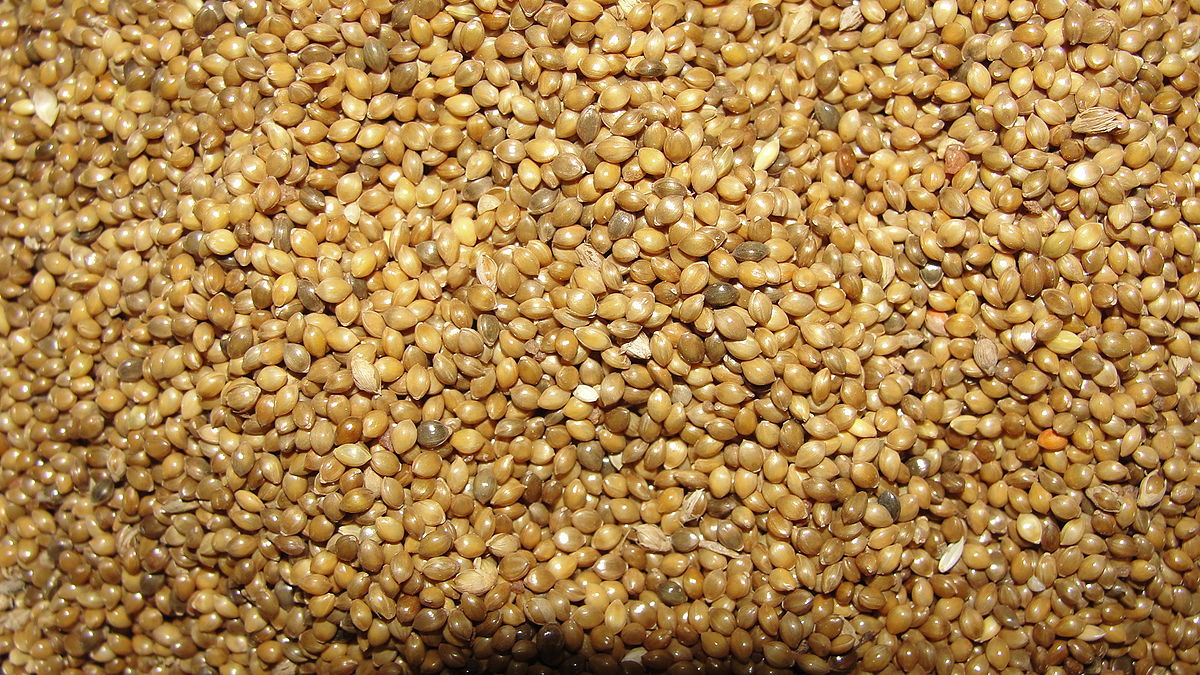Millet, a humble grain with a rich history, plays a significant role in traditional diets across cultures. Revered for its nutritional value and versatility, millet has been a staple in many traditional cuisines for centuries. It offers a unique blend of vitamins, minerals, and dietary fibre, making it a valuable addition to a balanced diet.
In traditional recipes, millet shines as a base for comforting porridges, hearty soups, and fluffy bread. Its mild and nutty flavor adds depth to various dishes while complementing a range of flavors and spices. Moreover, millet’s resilience and ability to grow in diverse climates have made it a reliable food source in regions with limited resources. As we embrace the goodness of millet in our modern diets, we honor the wisdom and heritage of those who have cherished this exceptional grain for generations.
Let us delve deeper into the role of millet in traditional diets.
Staple Grain- Across the tapestry of cultures, millet reigns as a time-honoured staple, woven into the very fabric of traditional diets. Its enduring presence brings sustenance and nourishment, standing tall as a reliable source of energy and nutrients. From ancient civilizations to modern kitchens, millet’s humble grains have sustained generations, nurturing both body and soul. There are also plenty of millet recipes for diabetics as it is low on glycemic index.
Nutritional Powerhouse- Nature’s secret treasure, millet, unveils its nutritional prowess as a powerhouse of vitality. Bursting with an ensemble of vitamins, minerals, and dietary fibre, it takes center stage in traditional meals, bestowing a vibrant touch to every dish. From iron to magnesium, its micronutrients dance in harmony, enriching our bodies with essential nourishment. To get your hands on delicious and nutrient-rich little millet and more, don’t forget to visit Mille Supergrain for gluten-free and chemical-free millet.
Culinary Delights- In the realm of culinary traditions, millet reigns supreme, commanding attention as the star of beloved recipes. With its versatile nature, millet gracefully assumes the role of a comforting porridge, a hearty bread, or a canvas for myriad savory delights. It blends harmoniously with flavors, infusing each dish with its distinct nuttiness and subtle sweetness. From foxtail to little millet, it weaves tales of nourishment and heritage, reminding us of the timeless connection between our roots and the delightful flavors that dance upon our taste buds.
Adaptability- Like a chameleon of the grain world, millet gracefully adapts to diverse climates, making it an unsung hero in regions where other crops struggle to survive. With its unwavering resilience, millet emerges triumphant in arid landscapes, mountainous terrains, and even in the face of unpredictable weather patterns. Its ability to thrive in challenging agricultural conditions has made it a staple grain, sustaining communities and offering a glimmer of hope amidst adversity.
Connection to Land– The golden grain we call millet, is very closely connected to the people and land. Through the careful cultivation and loving consumption of millet, a deep bond is forged with the local soil, honoring the agricultural heritage and traditions that have been passed down through generations. Each bite of millet is a reminder of the harmonious relationship between humanity and nature, a celebration of the sacred connection that nourishes both body and soul.
Read more related:-


























